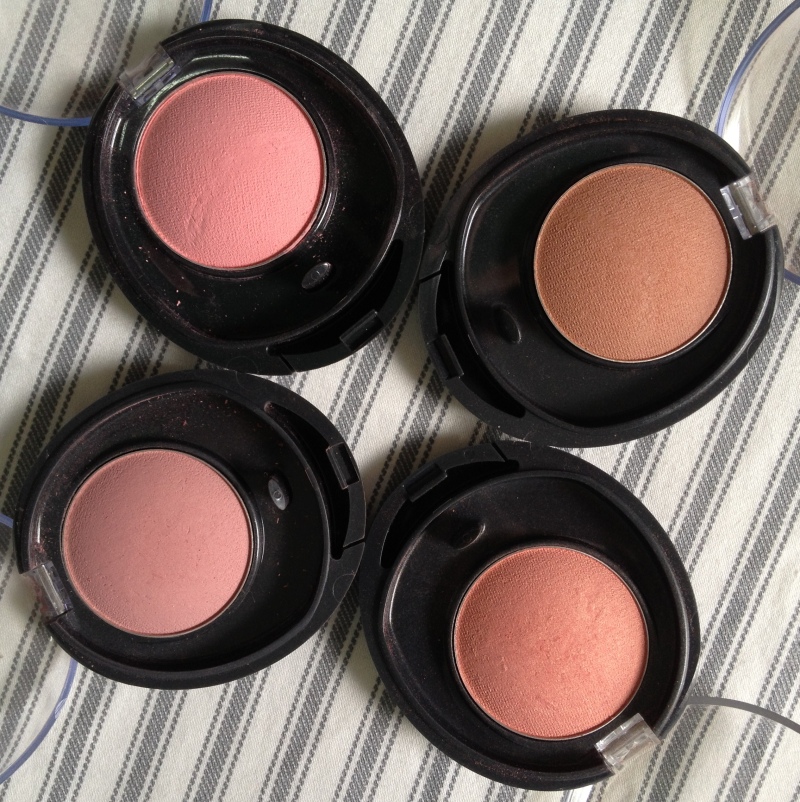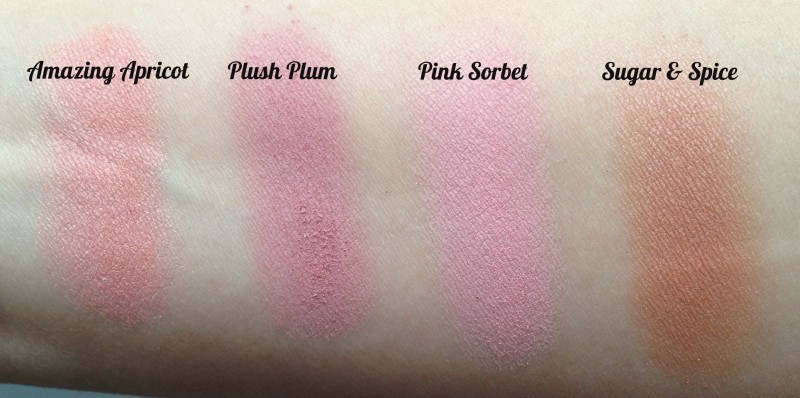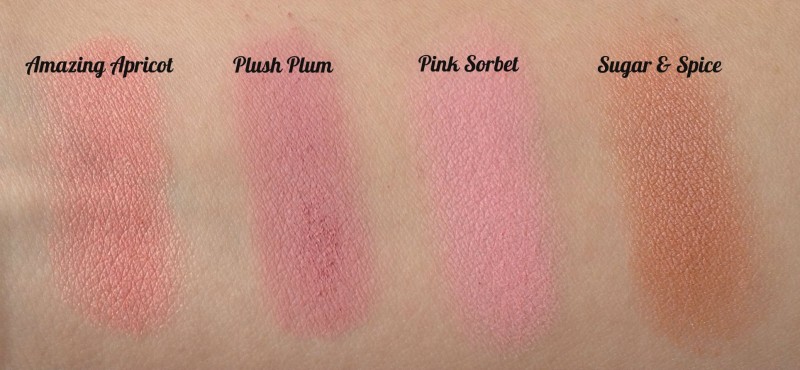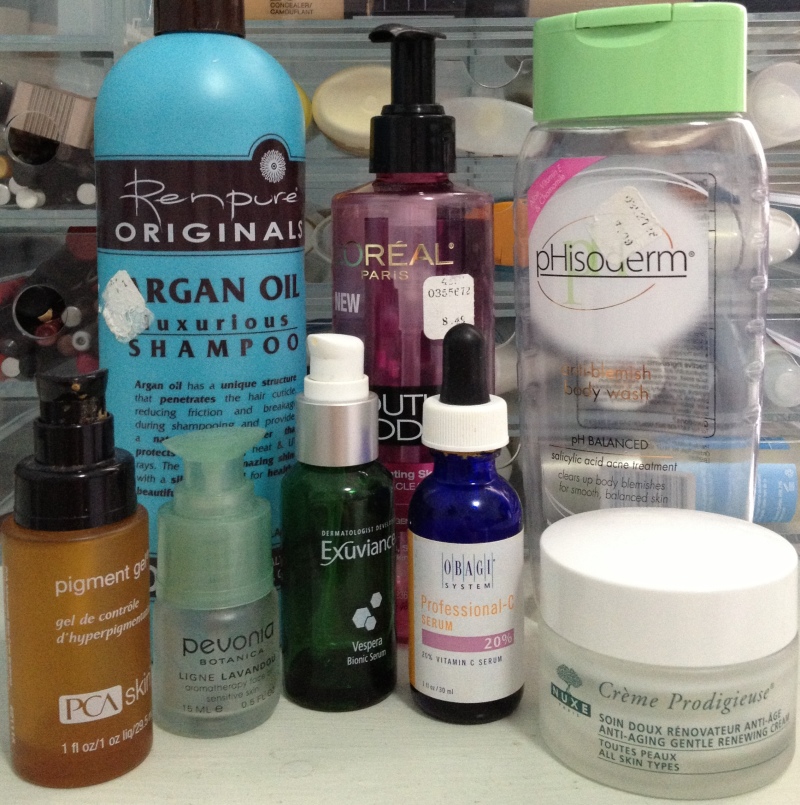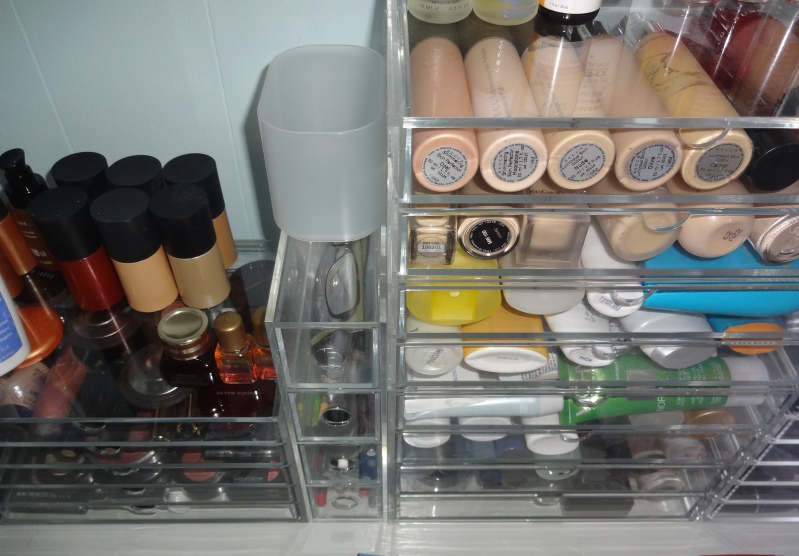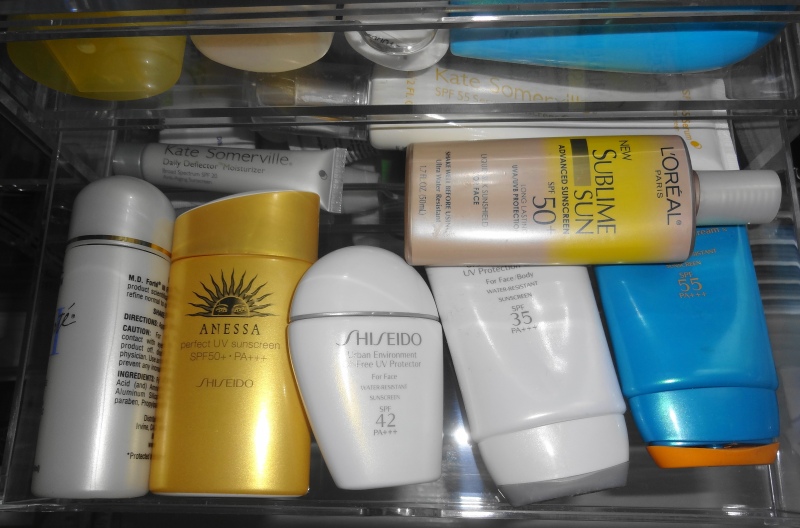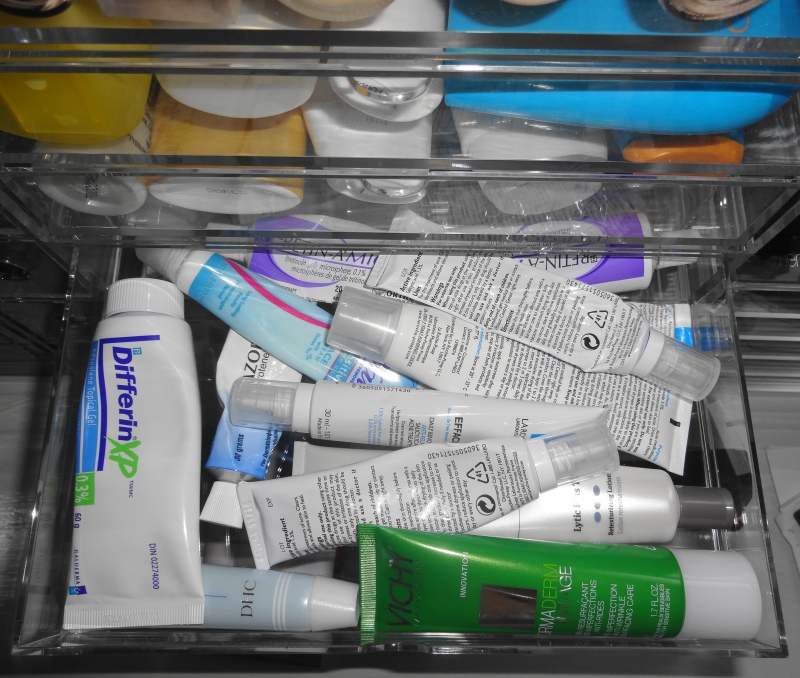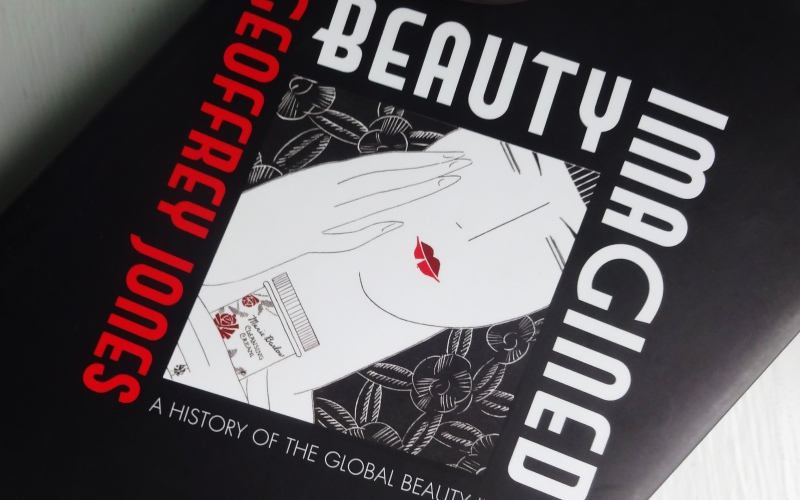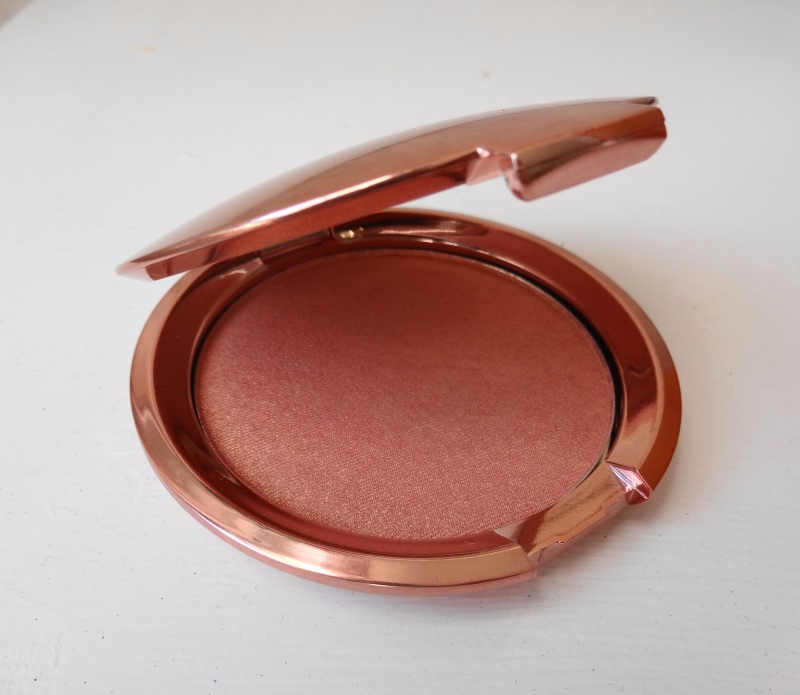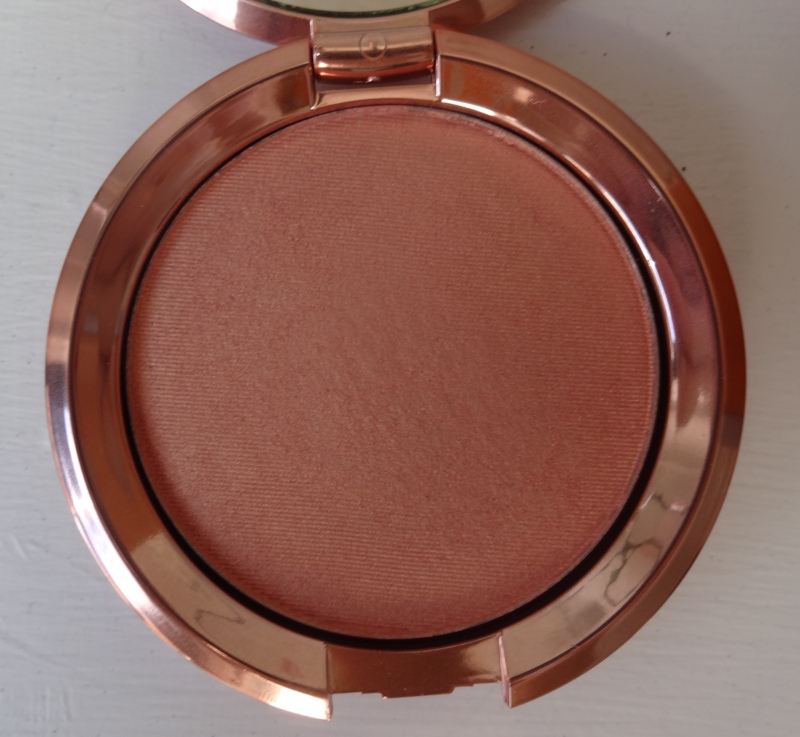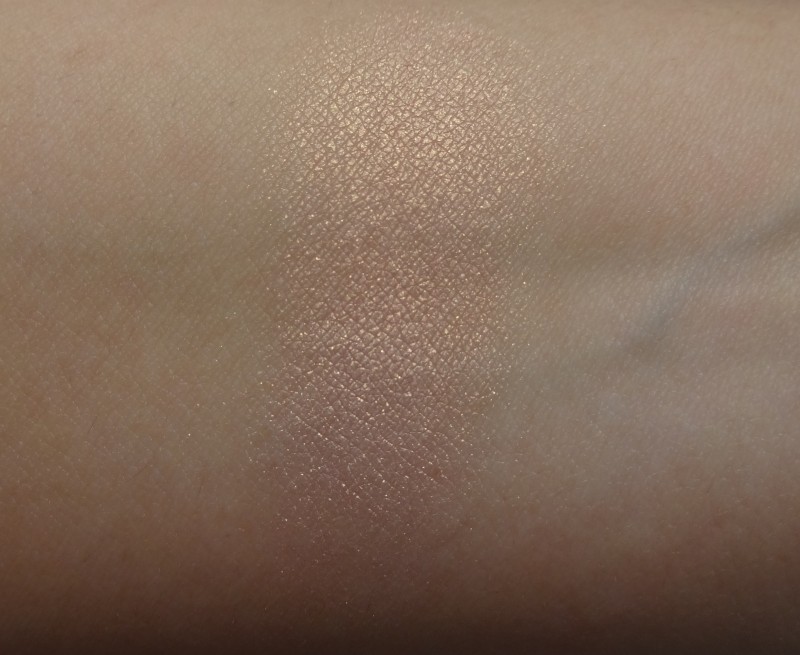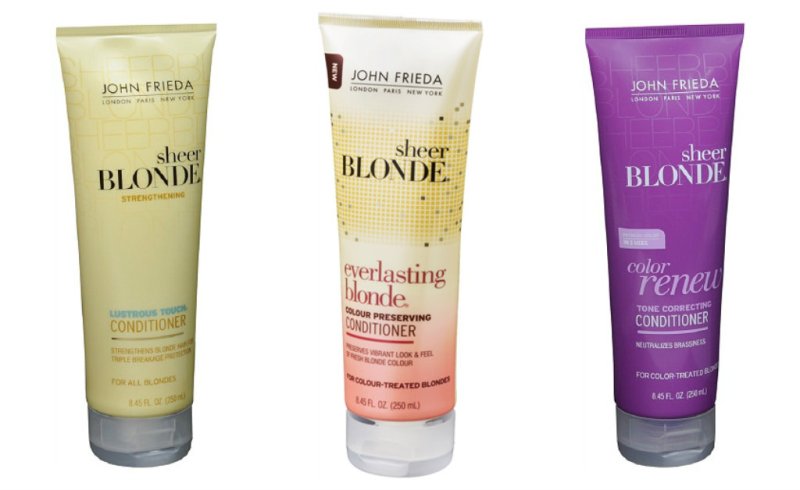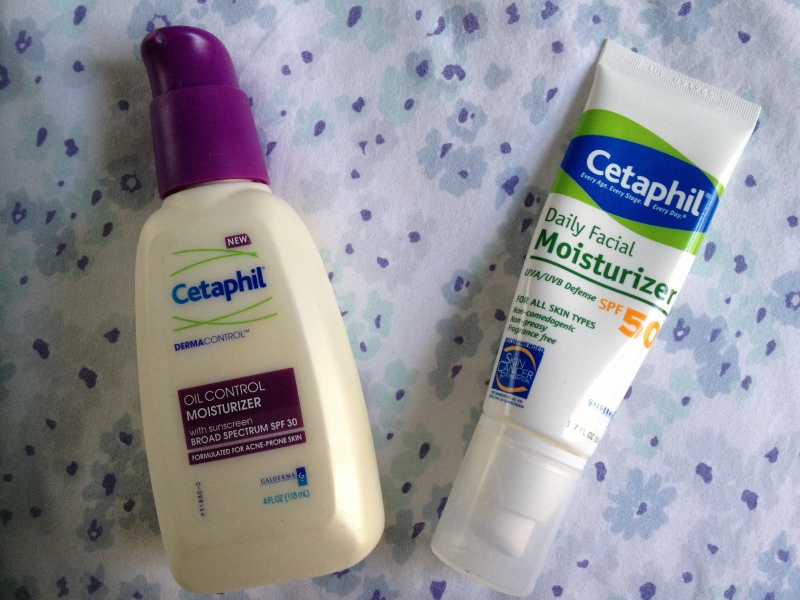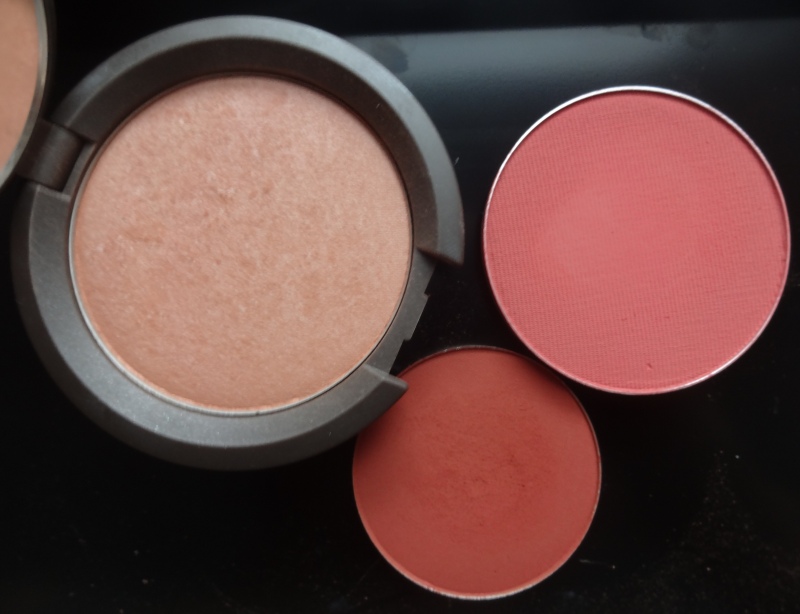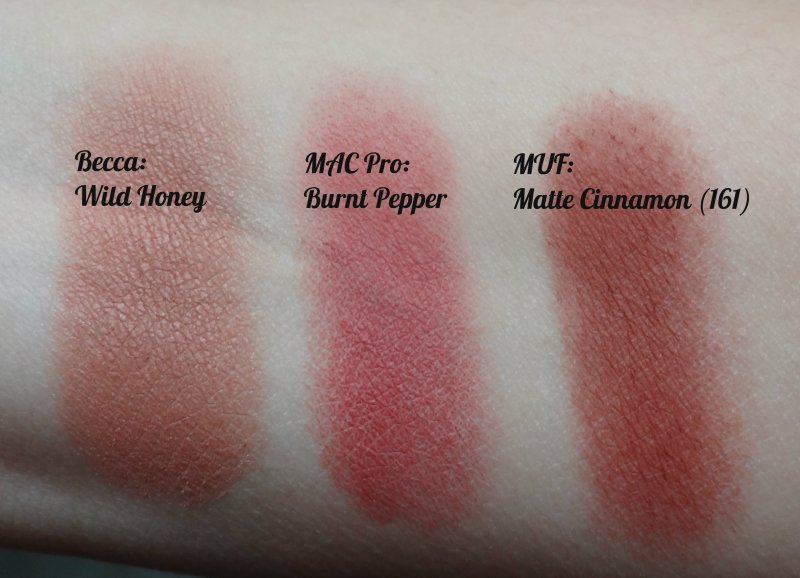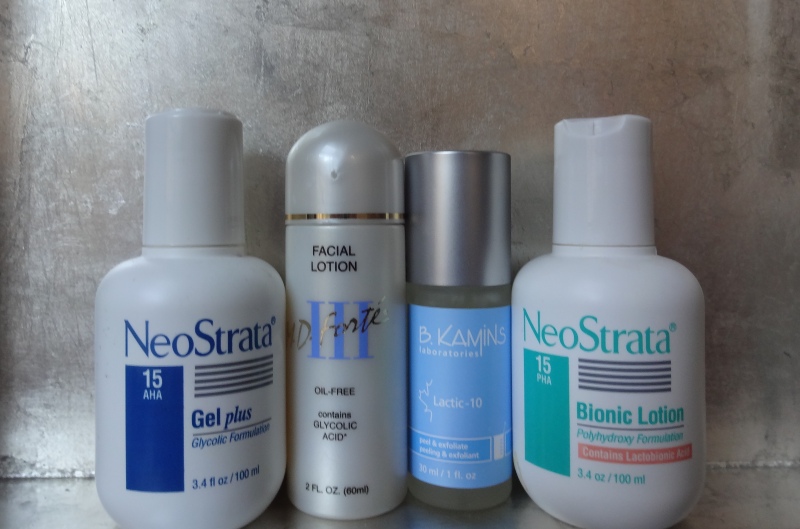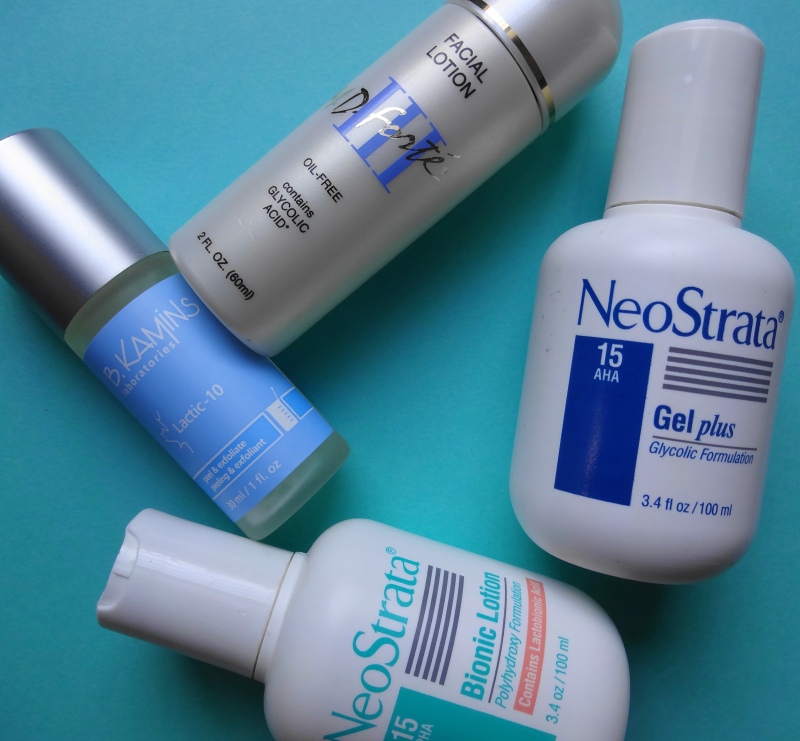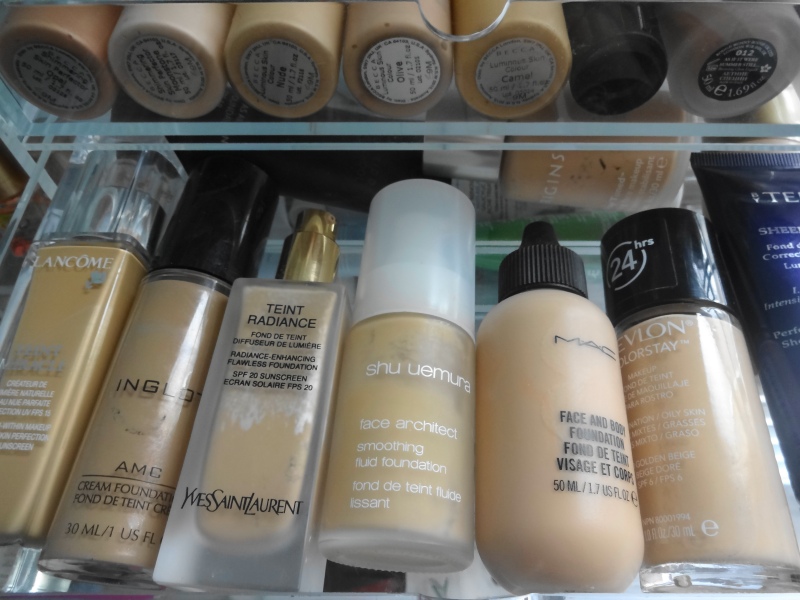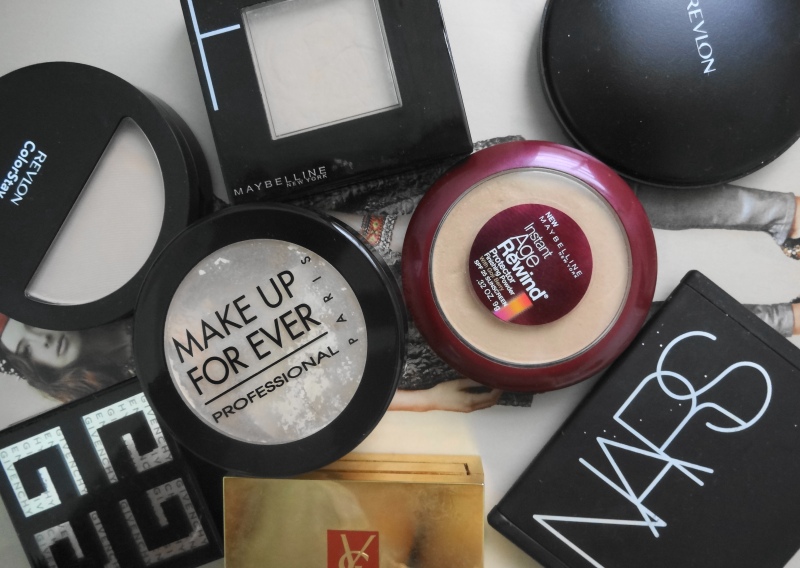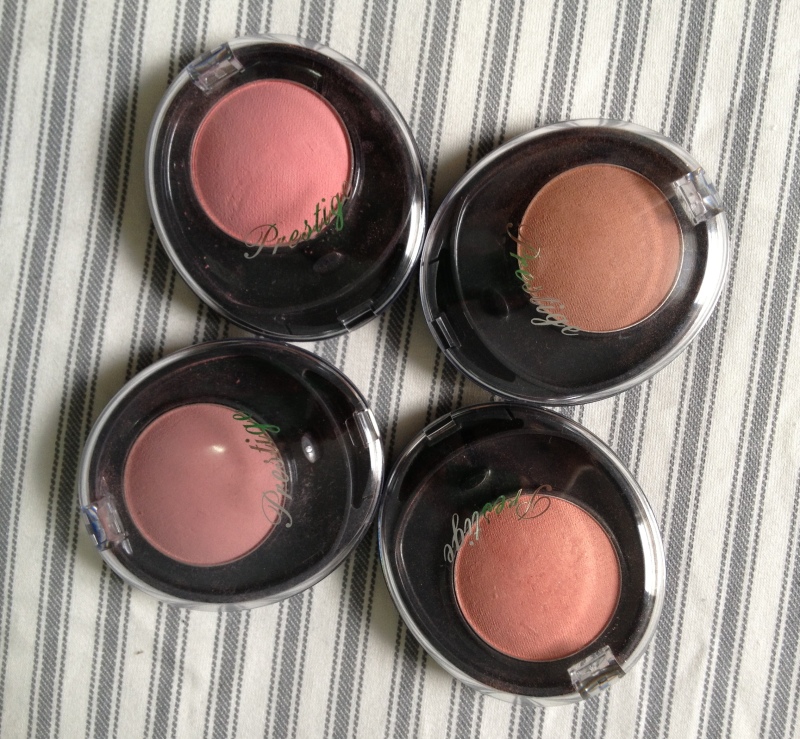
Prestige Cosmetics: Flawless Touch Blushes, $6.95
You know, I thought about my drugstore blush ban when I was in my neighborhood Duane Reade for the sole purpose of getting money from the ATM because I am too lazy to walk the extra 30 yards to my bank. Duane Reade sees more of my dollars compared to Sephora, my various ecommerce beauty haunts, and a few b & m stores by virtue of everything else I buy. They see a chunk of my money weekly. It’s like I am there to feed them or something. But I digress. I noticed some new updated displays for the Prestige Cosmetics brand. (For the record, color saturated, almost neon-bright colors get me EVERY TIME. Something to think about when color cosmetic companies advertise.) To be truthful, I don’t think I have ever actually focused on this brand, dismissing it as a second tier cheaper drugstore brand with less quality products than the not so great major drugstore brands with more advertising dollars. BIG WOOPS ON THAT!
For one thing, they are not necessarily that cheap compared to say Wet n’ Wild. Their price points fall somewhere between Maybelline and Cover Girl. While most of their stuff is cheaper than L’Oreal and Revlon, a few price around it or above it.
Don’t get me wrong, their packaging is definitely on the cheap-pans-flipping-out-of-pocket-flimsy. Also, compared to higher end cosmetics, you will definitely note a difference in texture and application, but how great that difference is varies on the brand. Plus, let’s not forget the price differential between say a sucky, powdery, diffusely pigmented Jouer Mineral Powder Blush at $24.00 and a powdery, medium pigmented, hint patchy, slightly dry-ish Prestige Cosmetics Flawless Touch Blush at $6.95. For the record, the Prestige Cosmetics Flawless Touch Blush is better and less than a third of the price.
For another, for a powder blush, Prestige Cosmetics, from the few items I have tried are REALLY pigmented for drugstore quality. It’s like they saved money not using the silicone fillers and additives other brands use. On the other, you do have to be careful when you apply. While Revlon’s and Maybelline’s powder blushes are idiot proof because they deposit almost no color, Prestige Cosmetics requires some care and the right brush.
So, let me just say that despite my drugstore blush ban, I decided to try out this new to me brand. I picked up Plush Plum because it was a color I have been looking to add to my blush collection and it was a cheap investment. I was pleasantly surprised when I went home and tried it out. Eventually I picked up all of the colors except for Candy Pink which looks like a full on Fuchsia.
What can I say about these in toto? They are medium pigmented, on the dry side, very powdery, and mostly matte shades, except for two satiny exceptions: Amazing Apricot (more satin/microfine gold shimmer) and Sugar & Spice (less satin-y). There may be a hint of satin within the Pink Sorbet, but it’s negligible. The powder itself is soft, crumbly, and prone to dispersing pigment particles when the slightest pressure is applied. You do have to show some care with application because it does not necessarily apply evenly all over – it can be overloaded easily into opaque powdery layers. These can be used on their own, on skin that has already been given a highlighter treatment (I would avoid these powders on a matte or flat-looking base. It enhances the flat-matte-dry look because the powder is dry looking). However, the right brush (tapered) and sufficiently moisturized, highlighted skin will counter this. The pigment lasts longer than any drugstore powder blush that I have used and it actually shows up on my skin. (Take that REVLON and MAYBELLINE). Maybe I set the standard low for a drugstore powder blush, but since other brands cost anywhere from a few bucks more to double the price and suck much, I was just really impressed for $6.95. Color cosmetics should have, you know, COLOR.
My two favorite shades are Sugar & Spice and Plush Plum. Sugar & Spice actually reminds me of my favorite Maybelline Dream Bouncy Blush shade, Coffee Cake. Plush Plum reminds me of MAC’s Sheertone Powder Blush in Mocha, except MORE pigmented. Surprisingly, while I did NOT like the swatch for Amazing Apricot, I actually like it on my cheeks and it reminds me of how Nars Blush in Orgasm looked on me, when I wore it almost exclusively for several years (gasp, I accidently picked up a peachy-pink with gold shimmer – eek. Eh, I don’t mind). Now, I am curious about Candy Pink.
Anyways, I temporarily broke my drugstore blush ban, and I am not disappointed. For around seven bucks, these are pretty good. I’m not expecting designer quality at rock bottom pricing. I’ve worn these powder blushes for the past week mixing shades and what not, and I am pleased. These are a bargain buy. They are also almost HALF the price of some Revlon and L’Oreal powder blushes! They offer more pigment than the powder blushes offered by Revlon, Maybelline, and Sonia Kashuk, and they don’t throw in glitter like they are Tinker Bell. While pigmented, they are not as sloppily pigmented as some of Wet n’ Wilds powder blushes (Wet n’ Wild powder blushes are really inconsistent when it comes to pigment). Honestly, if you need to buy a powder blush on the cheap (and pick up a Real Techniques tapered blush brush), and you are not afraid of color, or applying some technique, you will like these powders as value buys. Not everyone wants to spend $20 or more bucks on blushes.
You should also check out their new Total Intensity formulas for eye shadows and eyeliners. I was really impressed at the quality for the price.
Here are the swatches.

